A review of The Future of the Suburban City: Lessons from Sustaining Phoenix, by Grady Gammage, Jr. 2016. ISBN 1610916239. Island Press, Washington, D.C. 208 pages. Buy the book.
When taken together, recent books, lectures, and exhibitions on design paint a picture that Architecture and Landscape Architecture are two disciplines moving in opposite directions.
Written in an engaging style, Grady Gammage’s “The Future of the Suburban City” is highly informative and dense with useful information.
In an online video, “Practice vs. Projects”, renowned architect Peter Eisenmen laconically muses about how after the 20th century enjoyed an architectural era of concentrated exploration into shared topics such as modernism, post modernism and other idioms, the contemporary architecture of the 21st century is “flailing about” in search of a new pole star towards which to reorient and refocus the profession’s raison d’etre. From technology and materiality to spatial invention and style, issues and topics in architecture are now are as divergent and atomized as are the architects who author and proliferate the work.
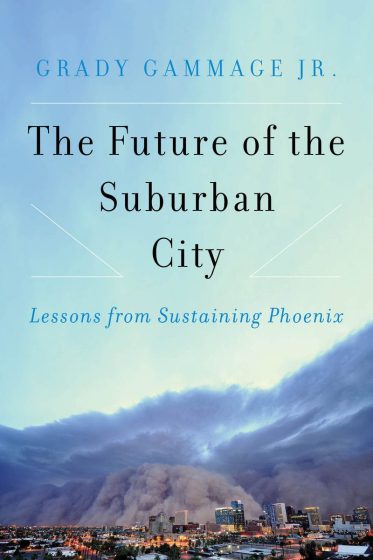
However, that isn’t the case with landscape. By contrast, the topics, interests, and focus of Landscape Architecture are converging into a general exploration and examination of the unprecedented challenges of mega-cities and the reciprocal effects of the human condition they organize and shelter. Whether a design work or text is discussing a particular topic about the environment, ecology, or cultural production, the roots of contemporary landscape design and planning generally trace back and/or share that cities—and the ongoing and unresolved project of how to live and build in the 21st century—is a common denominator.
Published in 2016, “The Future of the Suburban City,” written by Grady Gammage Jr, focuses on the suburban city as a new kind of mega-landscape. Modest in size, the book’s paperback presentation conceals a work that is a highly informative reading, dense with useful information on the topic. Moreover, while the view of the Phoenix-based author provides insight into his home city, readers will very likely pick up that the book is also a template and outline for how to understand and analyze the unique problems of most any suburban city. The presentation and logical sequence of topics about Phoenix could easily be applied to other suburban cities such as Atlanta, San Bernardino, Las Vegas, Dallas, and Houston.
A particularly engaging quality of the book is Gammage’s use of wit and surprise to deliver unexpected information that dispels myths and misunderstandings about the sustainability of suburban cities through statistical and factual characteristics of Phoenix. In a clever and approachable Prologue, Gammage personally riffs on his hometown and recounts the experience of “Getting through a haboob.” When these apocalyptic-looking weather features—which, he sardonically remarks, “were once simply called ‘dust storms,’”—appear, the media and Weather Channel cover them with great drama. In the end, he says, “the biggest consequence was that my pool got really, really dirty.”
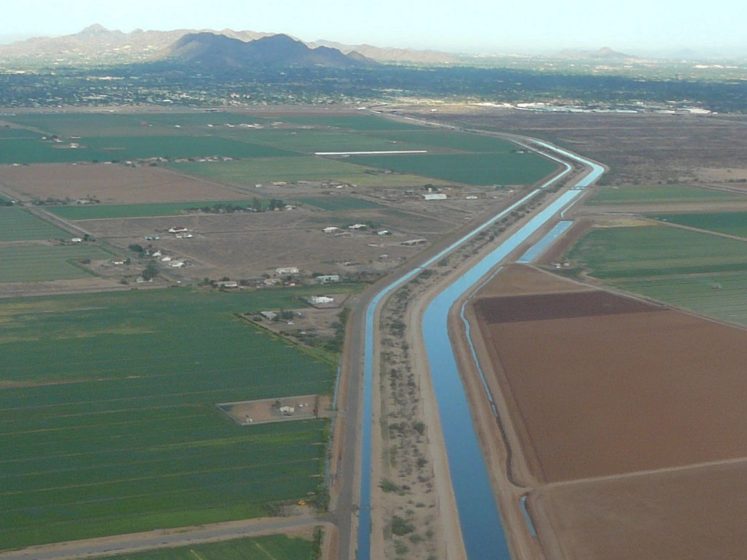
Gammage notes that affluence is a substantial driver of the suburban pattern, that the vast majority of American society lives in suburbia, and that Phoenix is actually quite resilient because it doesn’t rely on rainfall—its water sources are conveyed to the city from great distance. These examples may surprise and reshape a reader’s perceptions of Phoenix and other suburban cities.
The book proceeds in seven chapters that are logically sequential, moving from background information on suburban form to challenges of dealing with aridity and ways for suburban cities to enhance their resiliency—and their survival.
In each chapter, Gammage employs a consistent approach: providing clear and simple definitions for the chapter topic, a general and historical grounding on the topic(s), and explaining how Phoenix specifically demonstrates benefits and liabilities of suburban cities. The structural repetition of this organizational pattern makes the book highly accessible and genuinely entertaining.
What Gammage has managed to deliver is an exceptionally useful and thorough book that is just as much a resource to planning professionals as it might also be to non-professional enthusiasts for sustainability. Woven throughout the well-crafted writing are anecdotes that enrich the content. In Chapter Two, for example, Gammage describes how “the last time one state brandished arms against another was when in 1934,” when 102 members of the Arizona National Guard were sent by ferryboat to dislodge four one-inch-thick cables that California had installed to start the construction of a new aqueduct. “The whole affair,” Gammage notes, “was written up in the Los Angeles Times as the hilarious misadventure of the Arizona Navy.”

The simplicity and craft of the writing makes “The Future of the Suburban City” a read that is both specific and general on the topic.
Planning professionals and sustainability enthusiasts who may not have a related educational background will find this book well worth their time. Considering how “home” is a complex and existential condition for everyone, Gammage sustains a neutral and objective tone about what is good, or even admirable, about Phoenix and also the things his city could do better. One could imagine how each suburban city in the United States could produce its story and analyses using Gammage’s book as an armature.
Grady Gammage’s book cuts through the vast amount of information that is currently available on sustainability and mega-cities. As an educator, urban planner, and landscape architect, I highly recommend it.
Kevin Sloan
Dallas-Fort Worth
Click on the image to go to Amazon and buy the book. A portion of the proceeds returns to The Nature of Cities.






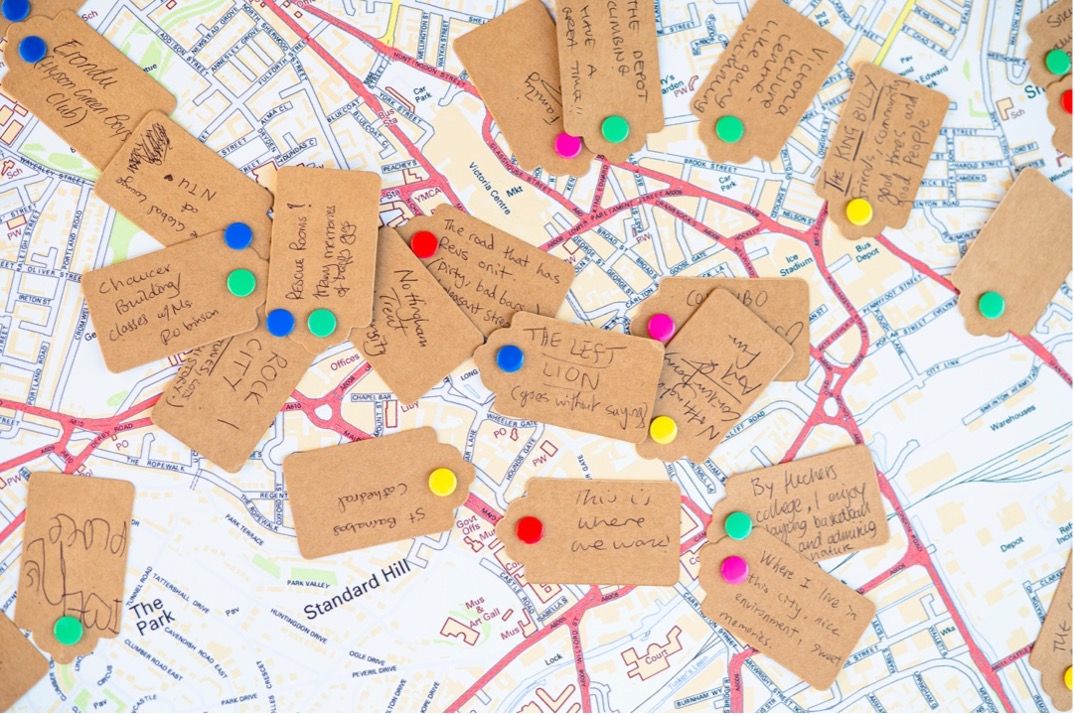








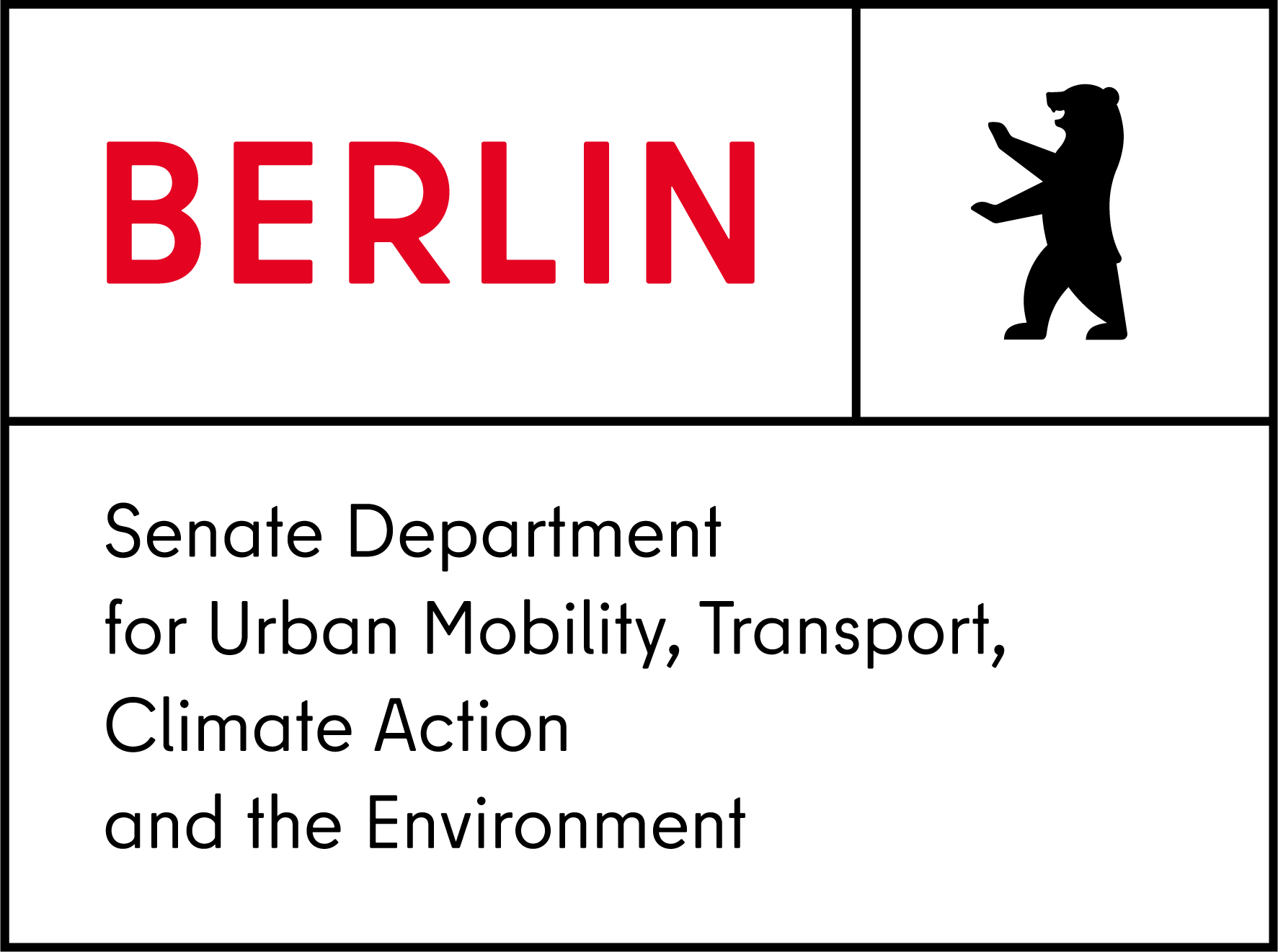

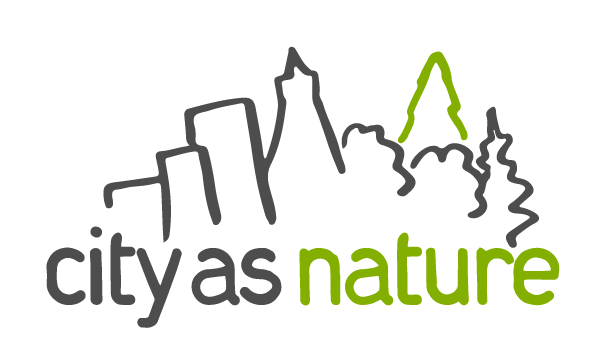









Leave a Reply